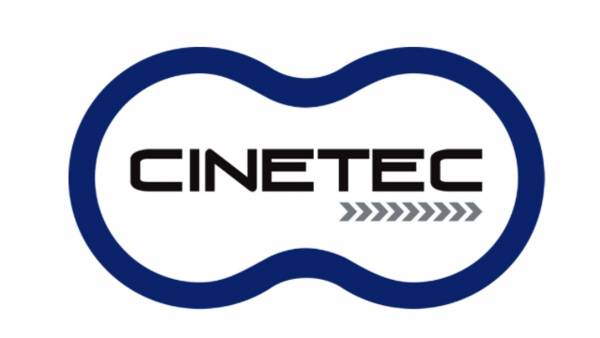The idea, at that time, was that plasmas were soon going to disappear, since LCDs were taking over market areas in which the former practically did not work -residential niches of small image dimensions- and that LCDs guaranteed greater durability and therefore greater ROI. Additionally, the spectacular LED screens were already mentioned, which although the market was completely unaware of how they would work, promised to be unbeatable display options.
But no. Plasmas are reluctant to leave a segment in which they were long kings and in the most recent report of Quixel Research, entitled "Report of Large Area Screens in the United States for the first quarter of 2010", it is announced that the sale of units of televisions of this technology grew by 14% in that period of this year, compared to the figures reached in the same period of 2009, which was above the sales of the LCD category in sizes of 40 inches or more. The data were published by the CE Pro portal, one of the most recognized in the provision of information for the electronic devices market for the final consumer.
However, between the last quarter of 2009 and the first quarter of 2010 there were drops in sales of both technologies, but this is mostly attributed to a typical seasonal decline.
But what keeps the plasma still on stage? For experts the fact is that even the quality of this technology is good enough compared to LCDs and the consumer can easily perceive this fact. Additionally, there is still a wide range of such technology solutions available for all tastes, even offered by key players in the industry.
For me, to finish, there is another factor: the price. In a market that felt the onslaught of recession so strongly, plasma receivers became large and affordable options to enjoy the advantages of high-definition television. This is something that occurs in the United States and in Latin America itself, so we still have the "plasma" in the middle of the play.
























Leave your comment